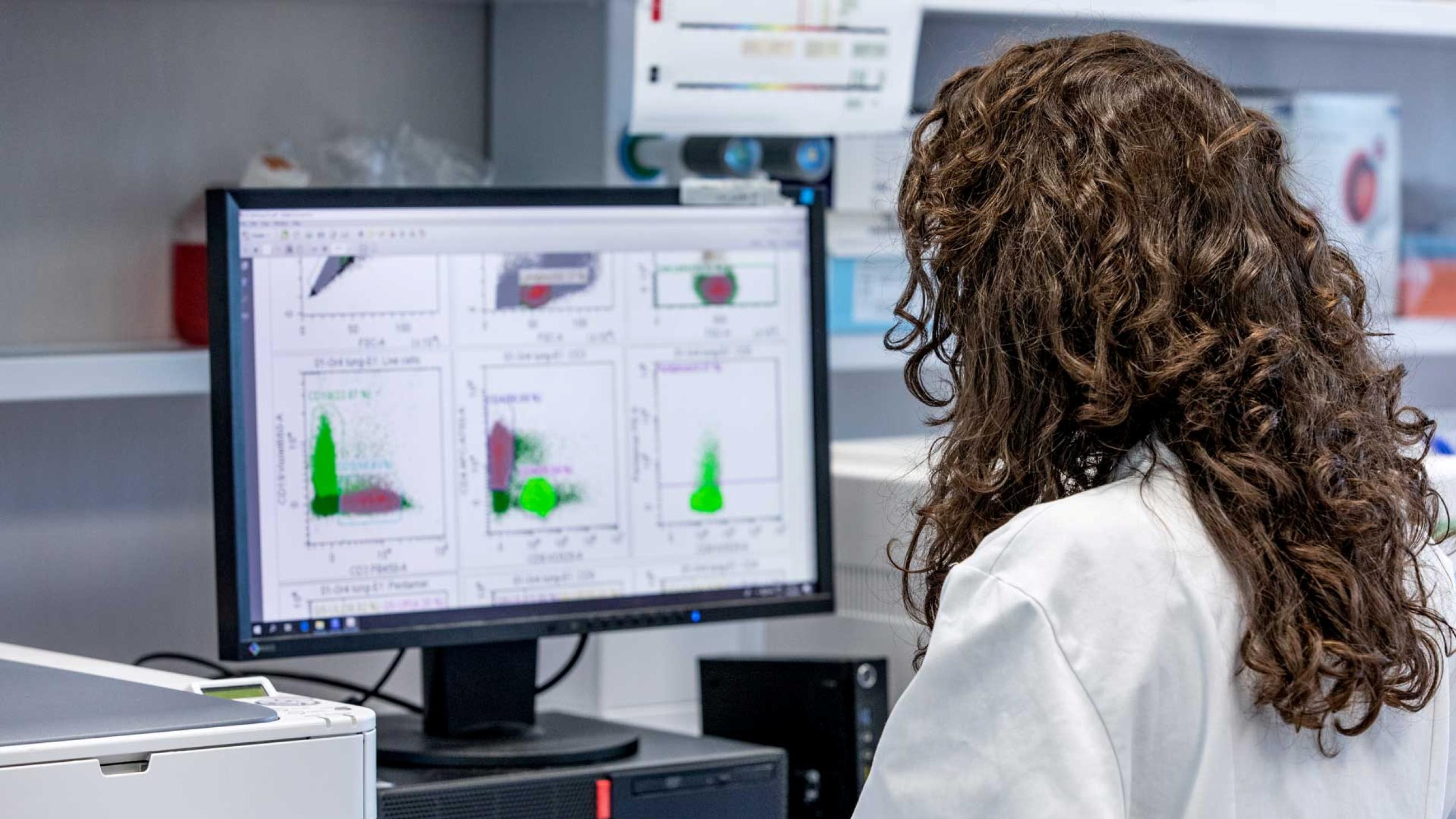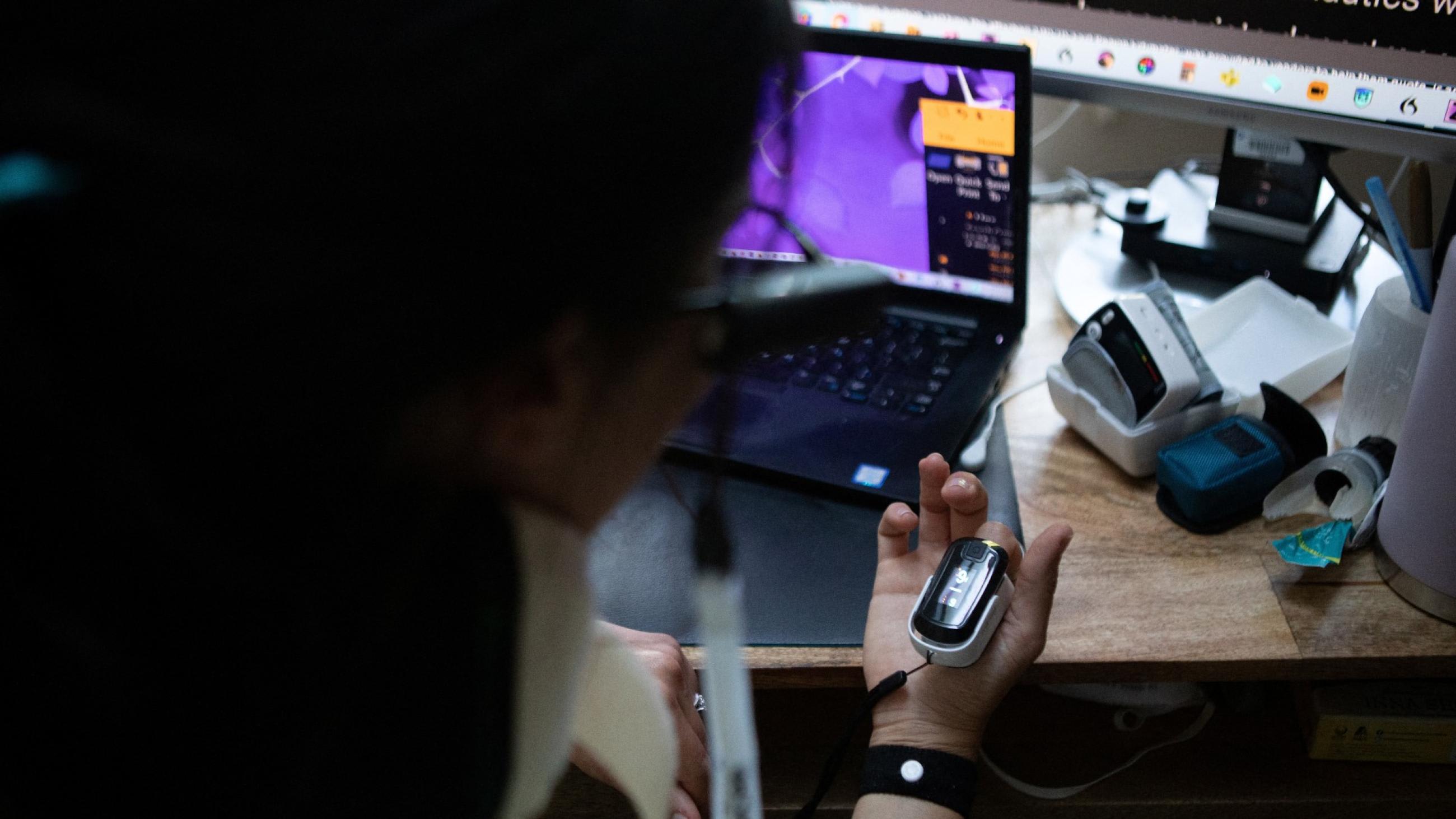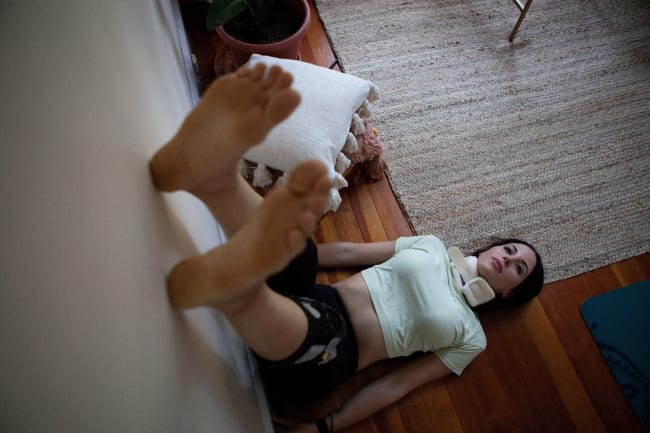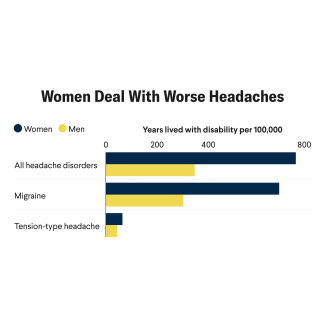Becoming ill with COVID-19 is not a rare phenomenon. According to World Health Organization (WHO) data, the pandemic is responsible for more than 750 million confirmed cases and almost seven million deaths. Yet, there is more than infection and death in the wake of the virus. Almost 200 million people across the world report suffering from "Long COVID," an amorphous condition in which symptoms from COVID-19 infection last long past the initial sickness. Long COVID encompasses a wide range of ailments and can last anywhere from days to years.
The slideshow below chronicles the discovery of Long COVID and what we have discovered about this illness since.


















